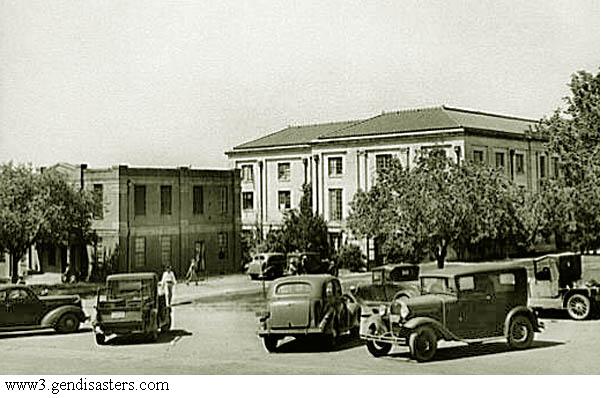San Augustine County is located in deep East Texas. The county seat is San Augustine. Caddo Indians lived in the area until the arrival of Europeans in the sixteenth and seventeenth centuries. San Augustine County was one of twenty-three counties established by the new Texas government in 1836.
San Augustine County through the  1850s was predominately agricultural and focused on farming cotton and corn, important cash crops for several decades. Farmers also grew rice, wheat, and tobacco. During this time, officials in the county laid pavement for roads and utilized river travel over smaller dams and rivers.
1850s was predominately agricultural and focused on farming cotton and corn, important cash crops for several decades. Farmers also grew rice, wheat, and tobacco. During this time, officials in the county laid pavement for roads and utilized river travel over smaller dams and rivers.
The county voted for secession from the Union and recovery afterward was tenuous. Population, property values, and the railroad industry each declined significantly during the 1870s. Between the 1880s and 1910s, San Augustine County recovered economically as farmers continued to produce sugar cane, corn, and cotton. The 1920s witnessed a sharp increase in the use of timber mills, which resulted in migration to the county.
The Great Depression damaged the economy creating inflated crop prices and deflated land values, and left the timber severely depleted. After World War II, San Augustine's economy regressed to nineteenth century levels, with farmers focused on selling corn, cotton, and chickens. During the last fifty years of the century, San Augustine Count's economy recovered through the reinvention of the lumber industry, cotton, hay, and corn.
City/State/Federal Agency
Museum/Historic Site
Documents/Resources
- County Records
- SFA Library Records
- Books in the ETRC
- Topographic Map of San Augustine Forest Service Area
- Manuscripts
- Lumber Company Records (1916-1926)
- 15th Census, population, 1930 Texas (Microfilm)
Text: http://www.tshaonline.org/handbook/online/articles/hcs02 Handbook of Texas Online, Texas State Historical Association.
To learn more about San Augustine County's history check out our Local Voices' writers John and Betty Oglesbee's column, "San Augustine History: A Closer Look" on our Local Voices page.